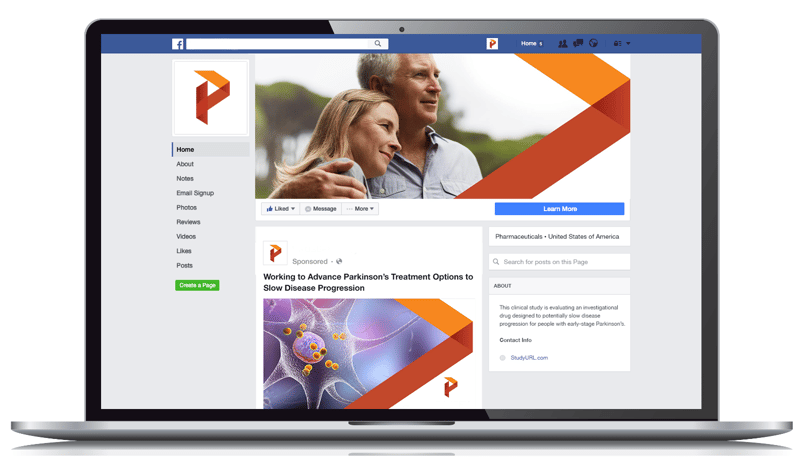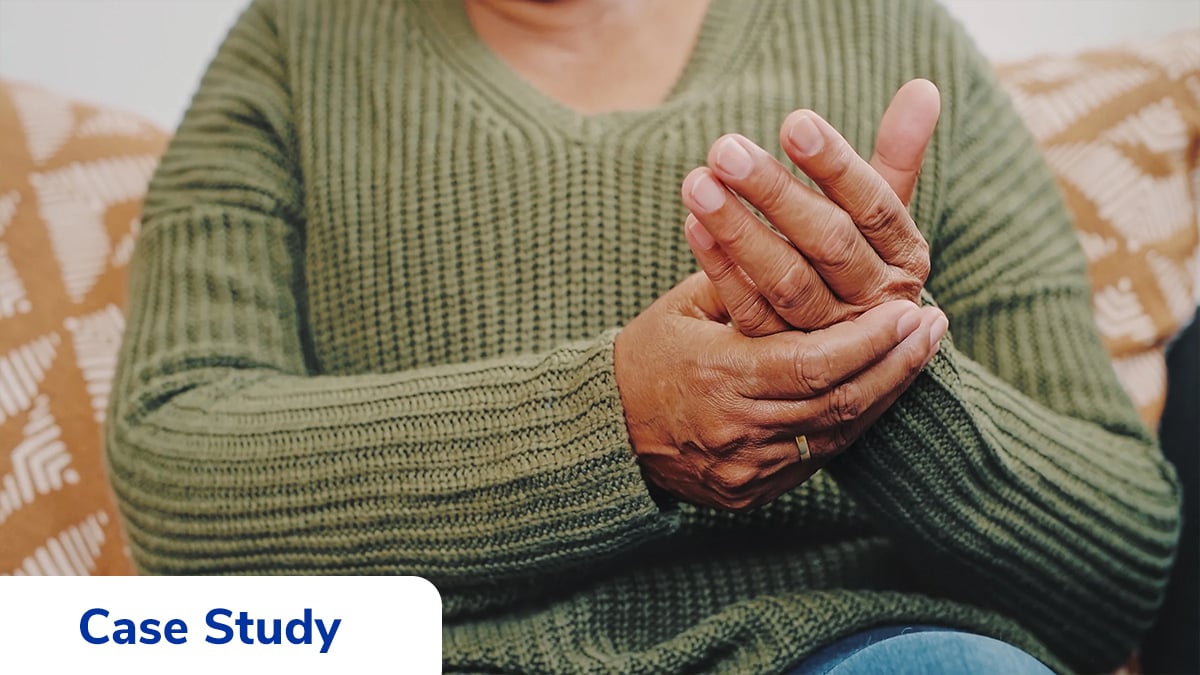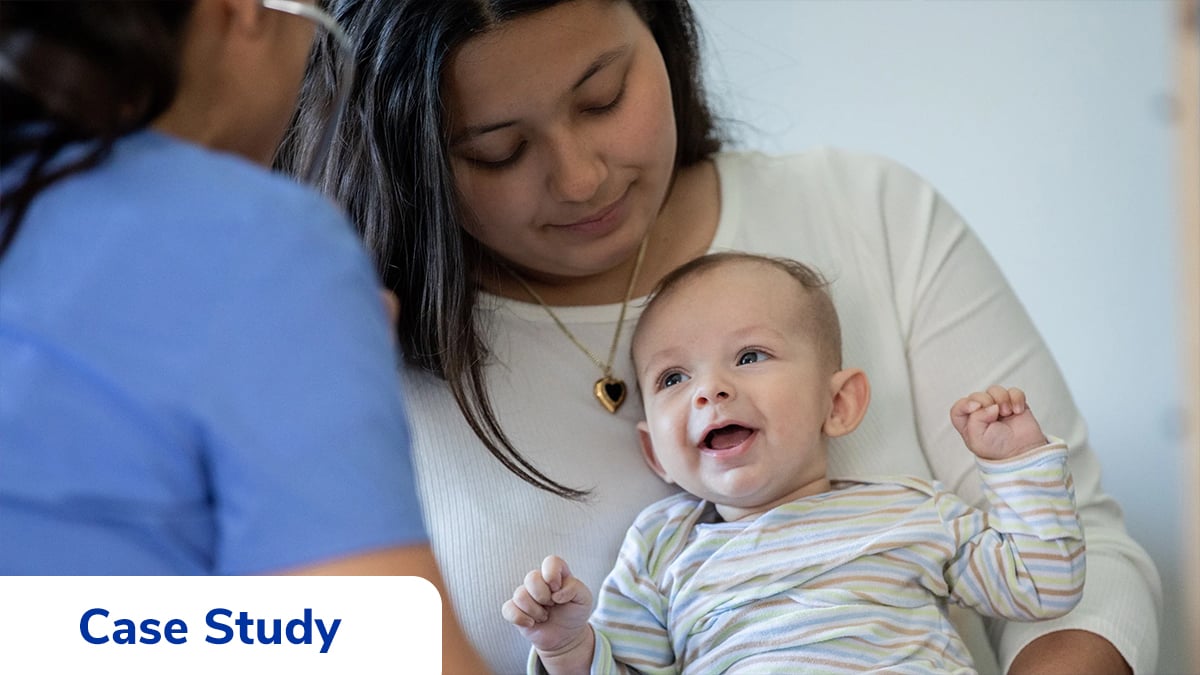Key Takeaways
Partially at-risk media placement, which dictated specific performance indicators for payment, created a partnership model between BBK and the sponsor that resulted in necessary approvals for an expanded media spend.
Reaching possible participants with early Parkinson’s disease who have not yet started medication treatment requires a significant media outreach investment.
Secondary screening by a well-informed call center is a powerful tactic that avoids site overload — particularly for a study with nuanced exclusion criteria that is difficult to capture from a website primary screener.
Incorporating a stand-apart technological platform (TrialCentralNet®) for the many vendors supporting recruitment efforts made teamwork more efficient and effective.

Challenges
Tight time frames for enrollment placed additional pressure on the reach and potential frequency of ad placements — an essential component for reaching drug-naive patients.
The first flight of advertising did not include a secondary screening component and the second flight did not utilize a comprehensive secondary screening process. As a result, sites became dissatisfied with the quality of the referrals, resulting in apathy for processing efforts.
Galvanizing site motivation to accept and process referrals was essential to achieving the geographic reach needed for advertising impact.
Solutions and Impact
The sponsor agreed to BBK’s recommendations that adapted and incorporated lessons learned from the initial media flights. Based on this fact, BBK agreed to a 50-50 split to the costs associated with mainstream and innovative selections for subsequent media flights.
The at-risk model was unconventional in that it included mainstream and innovative media selections, rather than the usual at-risk scenarios, which involve outreach media recommendations concentrated on vendor-owned databases (where there is little to no media placement cost exposure for the vendor).
Monitoring of key performance indicators for securing at-risk investment payment required daily, weekly and monthly reporting that, in turn, increased the visibility of media implementation with key sponsor decision-makers.
With a steady flow of qualified referrals, the study remained top of mind with study coordinators. This resulted in a significant increase in both referral processing and site mining of existing patient panels.

-
 50-50
Media placement budget at-risk for BBK versus paid by sponsor.
50-50
Media placement budget at-risk for BBK versus paid by sponsor.
-
 8
High number of avenues of outreach required a coordinated effort through TrialCentralNet®, making exacting reporting possible.
8
High number of avenues of outreach required a coordinated effort through TrialCentralNet®, making exacting reporting possible.
-
 9%
Increase in referral consent rate from flights without comprehensive secondary screening process.
9%
Increase in referral consent rate from flights without comprehensive secondary screening process.
Download the PDF version of this case study today:
Subscribe to stay connected
Related Resources

Familial Amyloid Polyneuropathy — Neurology and Gene Therapy — Phase 3
Case Studies
October 12, 2021

Pediatric Spinal Muscular Atrophy — Neurology and Rare Disease — Phase 2
Case Studies
December 13, 2021

Major Depressive Disorder — Mental Health — Pivotal Phase 3 Study
Case Studies
February 5, 2022
BBK Worldwide, LLC
117 Kendrick St., Suite 600
Needham, MA 02494 United States
Terms & Conditions Privacy Policy
© 2024 BBK Worldwide. BBK Worldwide is a Publicis Health company.
Terms & Conditions Privacy Policy
© 2024 BBK Worldwide. BBK Worldwide is a Publicis Health company.

